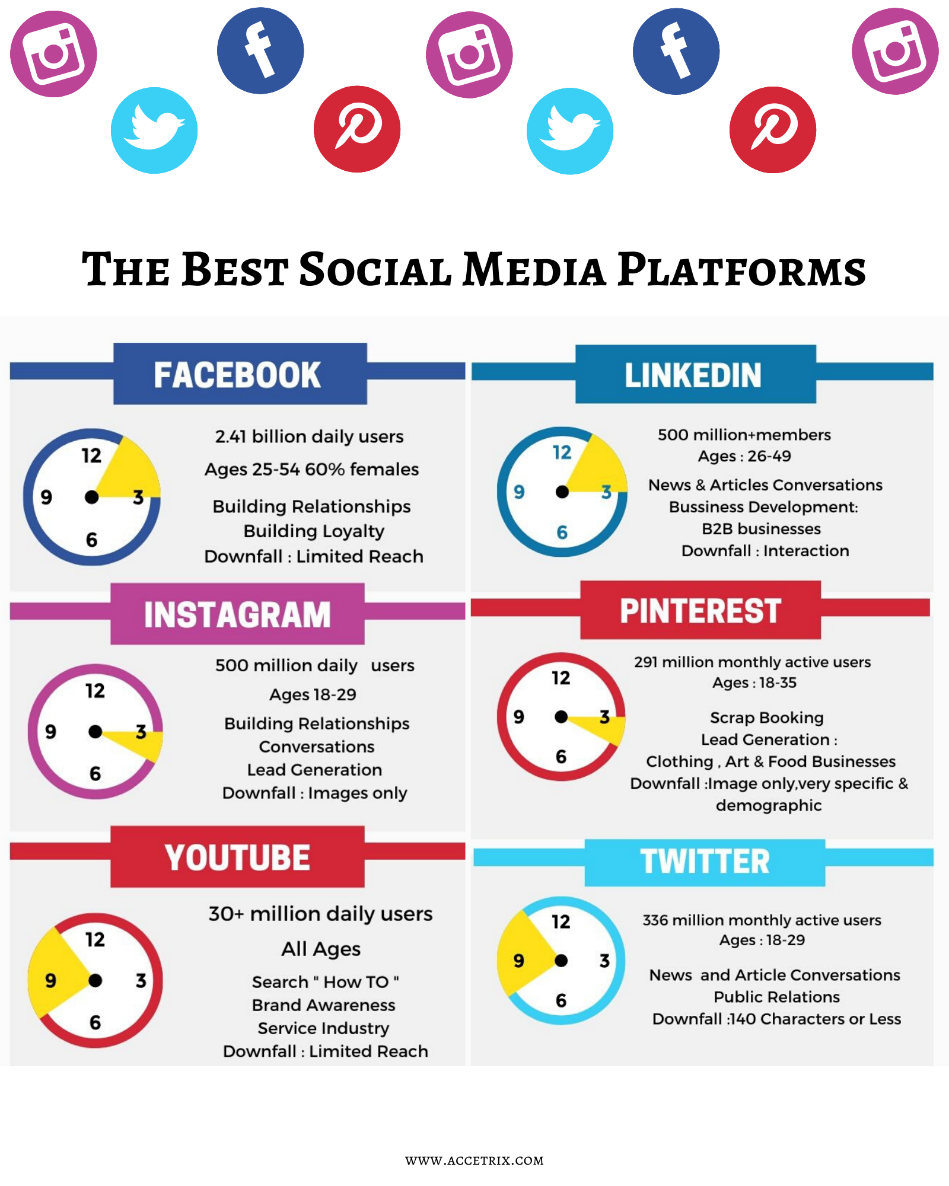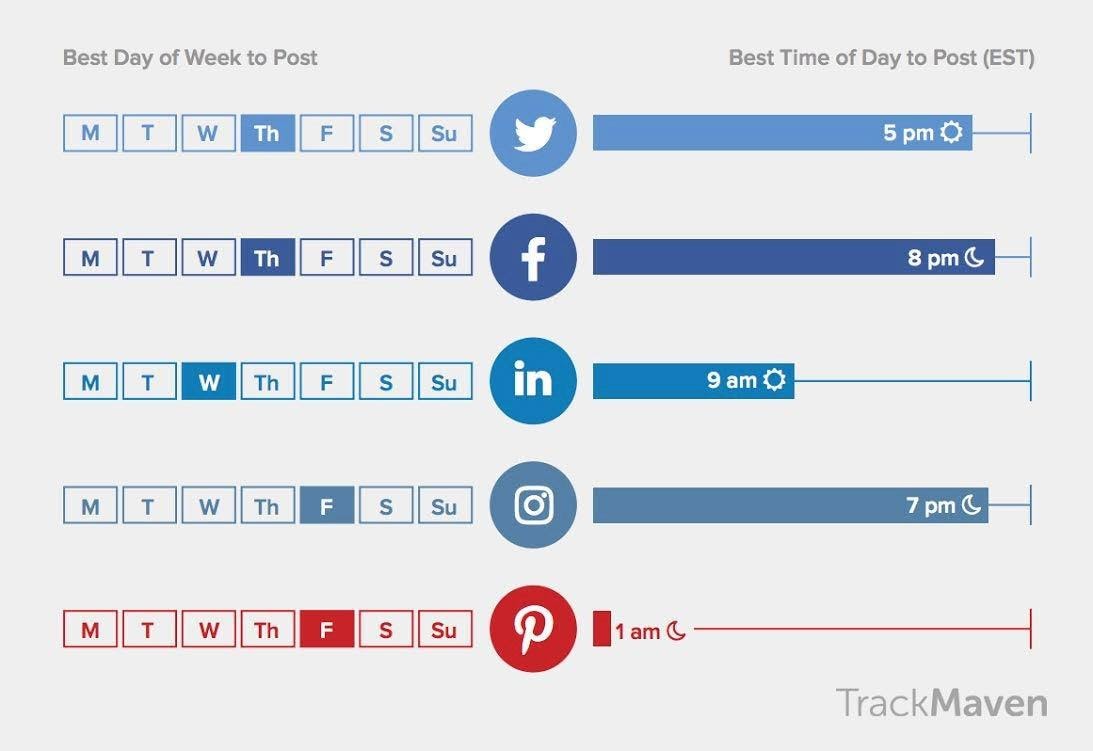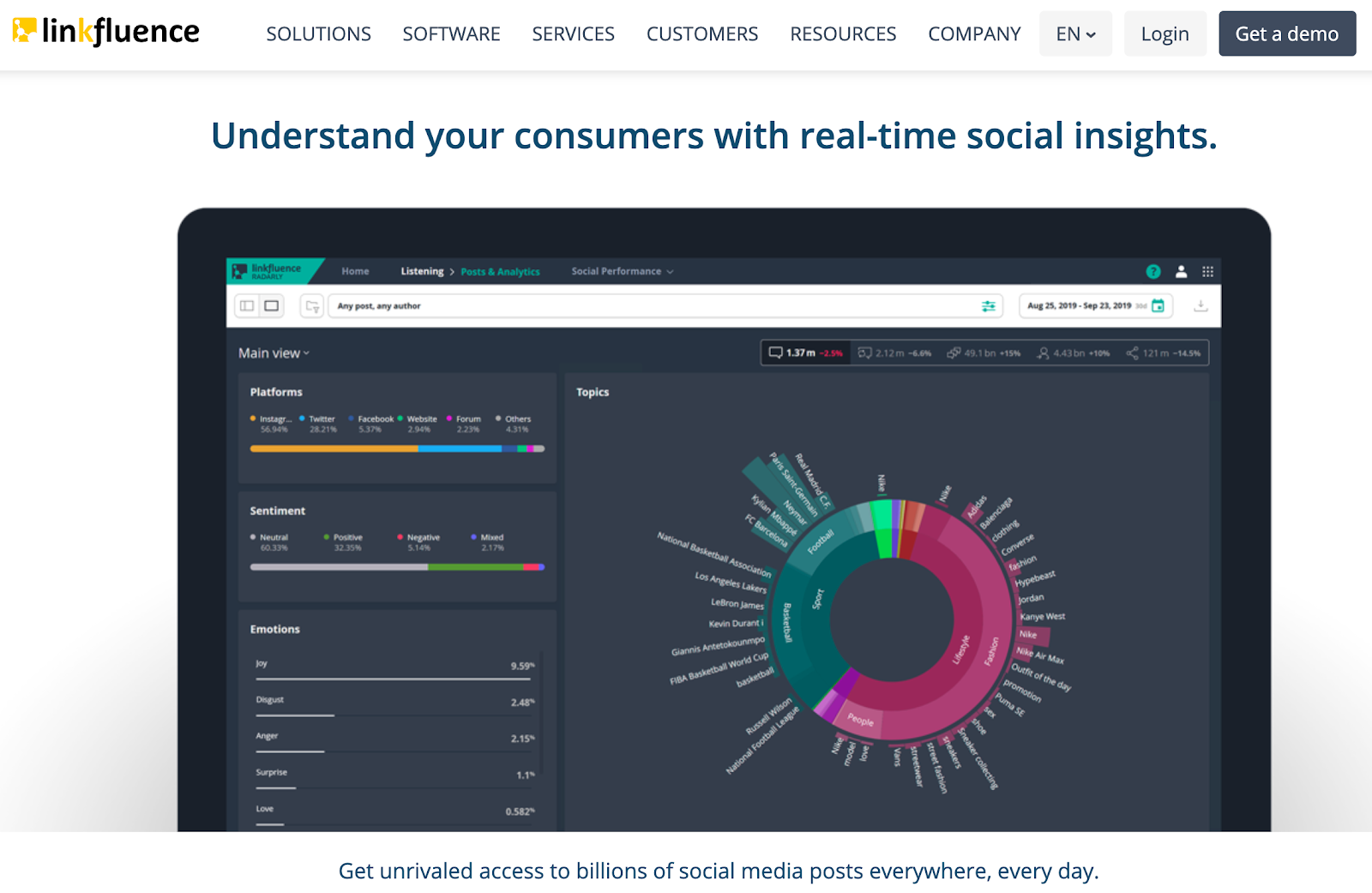
Building a global brand goes beyond creating top-notch products and services. You need to push the right information out there.
Without the right information, your audience won’t know that you exist. And if they don’t know about your brand’s existence, then you are screwed!
Lots of brands pump in millions of dollars into their content marketing strategy. For this content to be effective, it has to be exposed to the right eyes — the customer’s eyes.
And that is where content distribution comes into play.
What is content distribution?
Content distribution involves publishing, promoting, and sharing your content. It’s getting the content out there for your ideal audience to see.
Content here can be in various forms. It could be written texts, graphics, or visual content. And how you provide it for your audience consumption is called content distribution.
Nowadays, almost everything is done online, and social media platforms are slowly but surely replacing physical gatherings. And that’s where social media content distribution comes into play.
Just like content distribution, social media content distribution involves sharing, promoting, and distributing content on various social media platforms.
No matter how good your content is, content distribution happens after you’ve created the content.
Therefore, before putting in the time and effort to create catchy content, you should have a blueprint of how and where the content will be distributed. If not, your resources will not yield many fruits.
One more thing…
To get the best out of your content, you should make it optimized for search engines.
Here’s an interesting fact. Google answers over 3.8 million queries per minute — having content that is optimized for search engines is a must!
Now you know what content distribution is, and its importance to your brand here is how to launch an effective content distribution strategy.
- Evaluation your goals behind social media content distribution
Goals provide direction, and it helps us recognize our destination on arrival. Without goals, you would be running around, achieving zero results.
To get the best out of your social media content distribution, you must set goals and also know your key performance indicators (KPIs). For a social media content distribution, KPIs may include traffic, engagement, top content, falling content, and impact.
Also, your goals must be SMART — Specific, Measurable, Attainable, Relevant, and Time-bound.
A specific goal could be an increase in blog traffic by driving traffic from a single social media platform (say Facebook).
Measurable could be sharing three blog posts daily on each of your social media channels.
Is the goal attainable? Can you achieve such results if you put in the time and effort?
Furthermore, the goal has to be relevant to your brand. And it should align with your overall social media strategy.
A goal without a definite deadline is a wish, and brands don’t achieve much by having wishes. If you want to get the most out of your social media content distribution, your goals should be time-bound.
- Plan your social content according to platforms
The platforms are known as social content distribution channels. Ideally, your target audience should be found on these platforms.
Having an in-depth understanding of the various social content distribution channels (or platforms) would help you know how to put your content in front of the right people.
Furthermore, you can target readers on forums like Quora and Reddit. And if you have the budget for it, you can pay to boost your reach on these platforms.
The key here is to know where your customers are found on the web and promote your content on such platforms.
One more thing…
Optimizing your blogs and email newsletters isn’t such a bad idea. Even if your customers are primarily found on forums like Quora, don’t neglect your websites and blogs because it pretty much reflects your brand identity.
That’s not all…
You’ve got to understand how various social media platforms work and write content for it.
For instance, if your audience enjoys long-form written content, then Facebook is the right social media platform for you. For those who get thrilled by eye-catchy visual content, Instagram and YouTube is the place to go.
LinkedIn is designed for professionals, but that doesn’t mean you should not try it out and see how it goes.
Twitter is pretty good, especially for folks who are promoting short-form written content.
All in all, you should know what kind of content your audience enjoys and reach out to them the right way.
- Build the content calendar for best engagement
A good content marketing strategy doesn’t just fall from the sky. You’d have to plan it — and that’s where a content calendar comes into play.
You can create a content calendar using Google Calendar, Google Sheets, or Excel. Other tools like Trello, Asana, and CoSchedule can come in handy too.
The content calendar boosts the team’s focus and helps you stay glued to your goal. It provides a functional roadmap for your writers and editors. This way, they get to know what they would be working on in the coming weeks (and months).
The content calendar is vital to your social media content distribution strategy. It’s much like a roadmap, and it pretty much shows you the action plan.
Aside from building a useful content calendar, you should know the best publishing day and time on each social media platform.
Here is an infographic showing the best time to post on various social media platforms.
Other experts predict that the best days to post on all social media platforms is the early days of the workweek (Mondays to Wednesdays), and the ideal time is between 9 a.m and 12 a.m.
This works for all industries.
- Promote your content and engage the audience
Before diving into how to promote your content, you’ve got to understand how to create it.
Let’s get right into it — here is a quick overview of how to create quality content.
The content creation process is largely dependent on your industry, team size, brand, and resources.
To give you a headstart on your content creation process, here are some tools to use.
- Canva. Canva is ideal for folks who want to create eye catchy visuals like images and infographics.
- Anchor. It’s the best fit for folks who want to create audio content in the form of a podcast.
- AnswerthePublic. A great tool to help you get trendy topics and dive right into the minds of your audience.
- Vidyard. Vidyard is one of the best video hosting platforms for marketers.
This is by no means an exhaustive list. You can go on and search for other content creation tools in your industry.
After creating your content, you would have to let your audience know about it — and it can be done by putting it across various social media platforms.
If you desire some level of consistency, you would have to follow your content calendar. Pinpoint the various content distribution channels and promote the new content.
Another factor that plays a vital role is content promotion tools.
Tools like Scoop.it can help you kickstart the promotion process.
Scoop.it is content curation software that helps you monitor your content, manage content curation, and perform other content marketing actions. It also makes content publishing much more efficient.
- Analyze and optimize the distribution strategy
It would help if you always kept a close eye to your distribution strategy. Focus on the process and keep tweaking until you get the desired result.
Remember those smart goals?
Well, it’s time to pull them out, and also keep a close eye on your KPIs.
After you must have published your content across various social media channels, you should take a good look at the analytics dashboard and see how they are performing.
One way of pulling this up is by having a routine. Set up some time to measure and analyze your results.
You can also opt for third party social media tracking tools like Linkfluence’s Radarly.
Radarly is the perfect tool for any company who is looking for a reliable way of tracking engagement across all social media platforms.
Radarly can be used to track hashtags, mentions, keywords, accounts and even emotions!
That’s not all…
You can also track your competition twitter and Instagram accounts using Radarly.
The best part…
You get to generate a comprehensive report, and schedule it in order to receive it directly as often as you wish!
This way, your decision-making process would be data-driven.
Conclusion — Distribute your content the right way.
Great content is king, but it’s of no use if no one sees it. And that’s why content distribution is a vital part of content marketing.
Effective content distribution helps boost your brand awareness, grow loyal followers, and ultimately convert readers into loyal customers.
Now you know how to distribute content on social media effectively, how would you start your social media content distribution routine?





